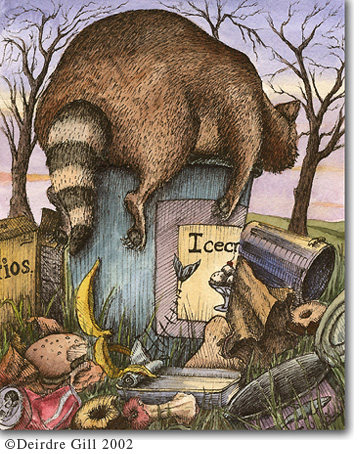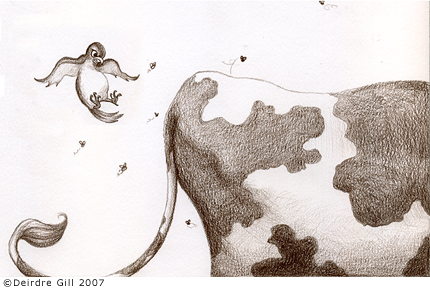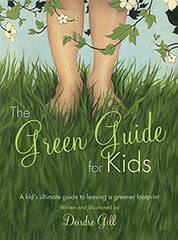
We’ve all heard this catchy phrase. The last R, recycling, tends to get all the credit.
Reducing and
Reusing, however, are even more important. If you can reduce the materials you consume you will not only create less waste, you also won’t need to worry about what to do with all the things that you buy when you are done with them. Reuse is a great way to make the most of the things that you do buy. Once you no longer need or want something, pass it on! One man’s trash is another man’s treasure. Buying or trading vintage, refurbished and used items is a fun way to get cool stuff while preventing pollution and saving the earth’s precious resources.
You can
recycle up to 84% of your trash simply by taking it out of the garbage can and putting it in the recycling bin. Items made from recycled materials take far less energy and create only a fraction of the pollution to produce than items made from brand new materials. And of course, imagine the natural resources that are saved!
Here are some great ways to Reduce, Reuse and Recycle:
– Buy only what you need and use all of what you buy.
– Avoid buying things that use excessive packaging and buy in bulk.
– Buy durable things that will last a long time
– When things break, see if they can be fixed before throwing them away.
– Wash and reuse plastic cups, utensils and bags.
– Precycle by buying products whose packaging can be recycled
– And always bring your own bag! If you are just buying a few things just carry them in your hands.
– Complete the cycle and buy products made from recycled materials. When you buy products made from post-consumer recycled materials you are helping to reduce carbon emissions and saving resources.
Did you know?
–If all the other people on the Earth used as much "stuff" as we do in the U.S., there would need to be three to five times more space just to hold and sustain everybody.
– Americans throw away about 40 billion soft drink cans and bottles every year. Placed end to end, they would reach to the moon and back nearly 20 times. Recycling an aluminum soda can saves 96% of the energy used to make a can from ore, and produces 95% less air pollution and 97% less water pollution.
– Every pound of solid waste that goes into a landfill results in 2 lbs of greenhouse gases
– Americans throw away 2.5 million plastic bottles every hour.
– Every glass bottle recycled saves enough energy for a 100 watt light bulb to be lit for 4 hours.
– You’ll save two pounds of carbon for every 20 glass bottles that you recycle.
– Only about one-tenth of all solid garbage in the United States gets recycled.
– The average American creates 56 tons of trash every year.
Here’s Your Mission:
Set up a recycling system at home and at school.
1) Ask your local municipality for recycling guidelines and bins.
2) Set up a place in your home for the recycling bins. The garage or big roll–out kitchen drawers are good places.
3) Make a label for each bin clearly listing what items belong in them.
4) Bring your recycling to the curb on recycling day.















